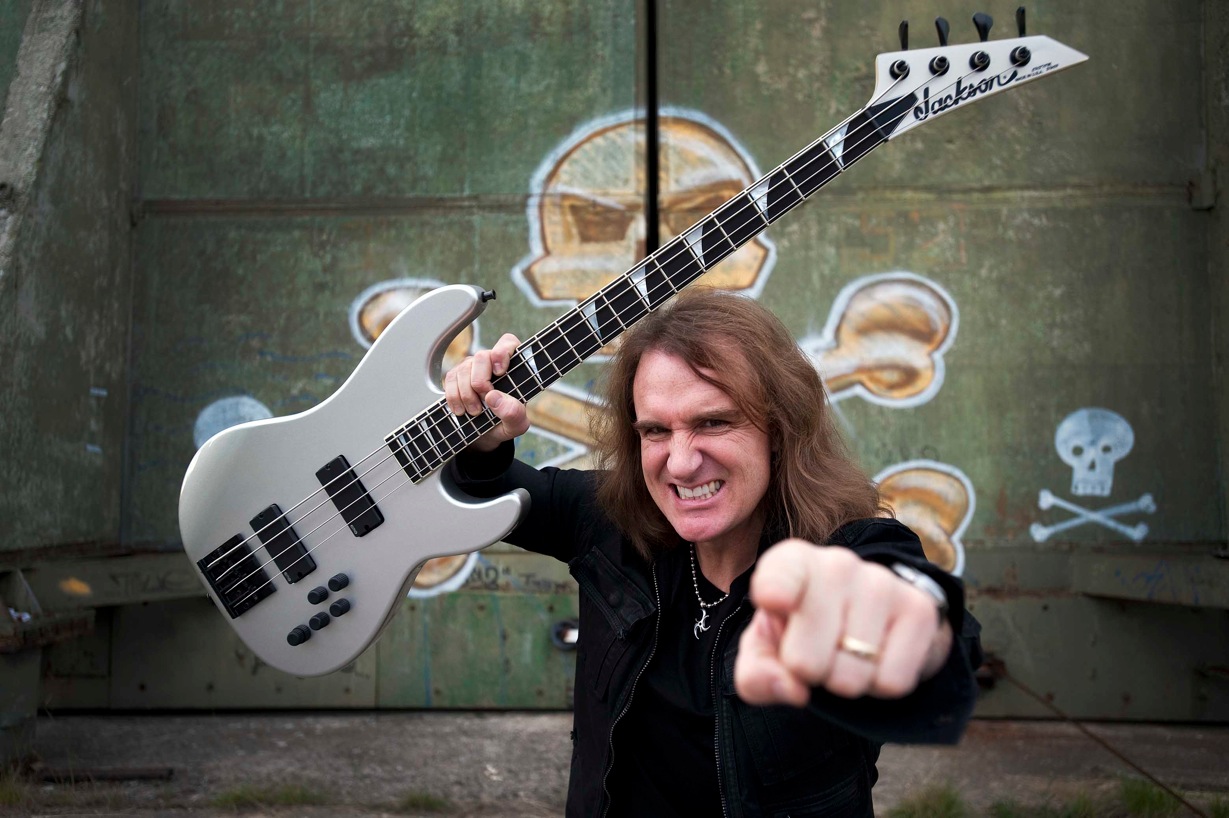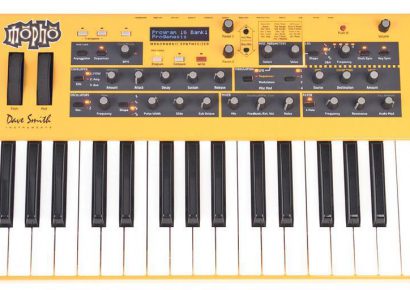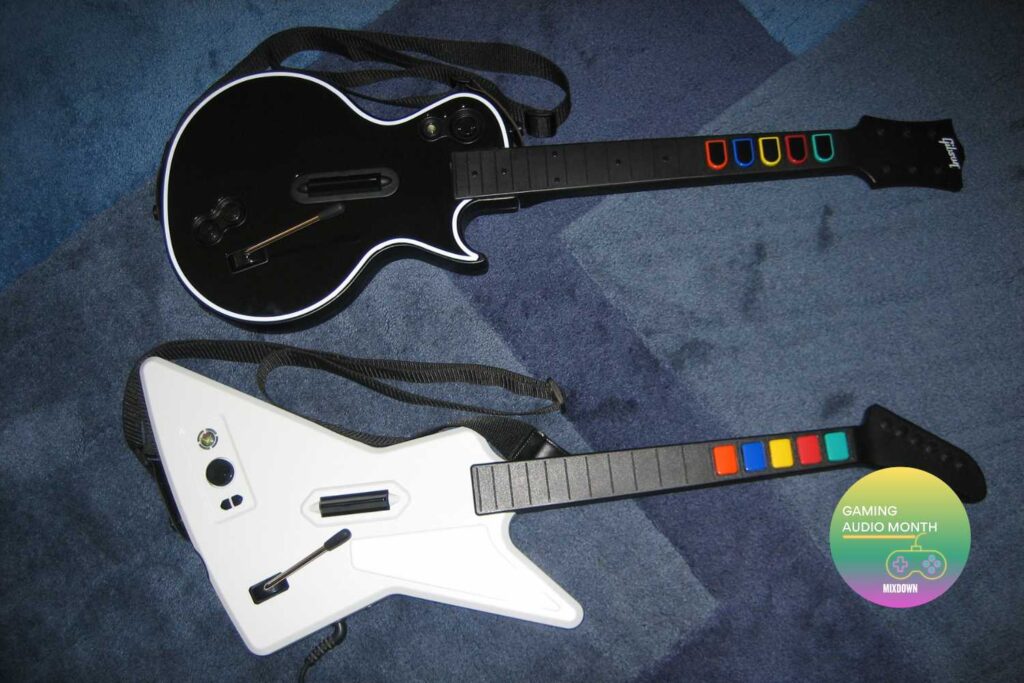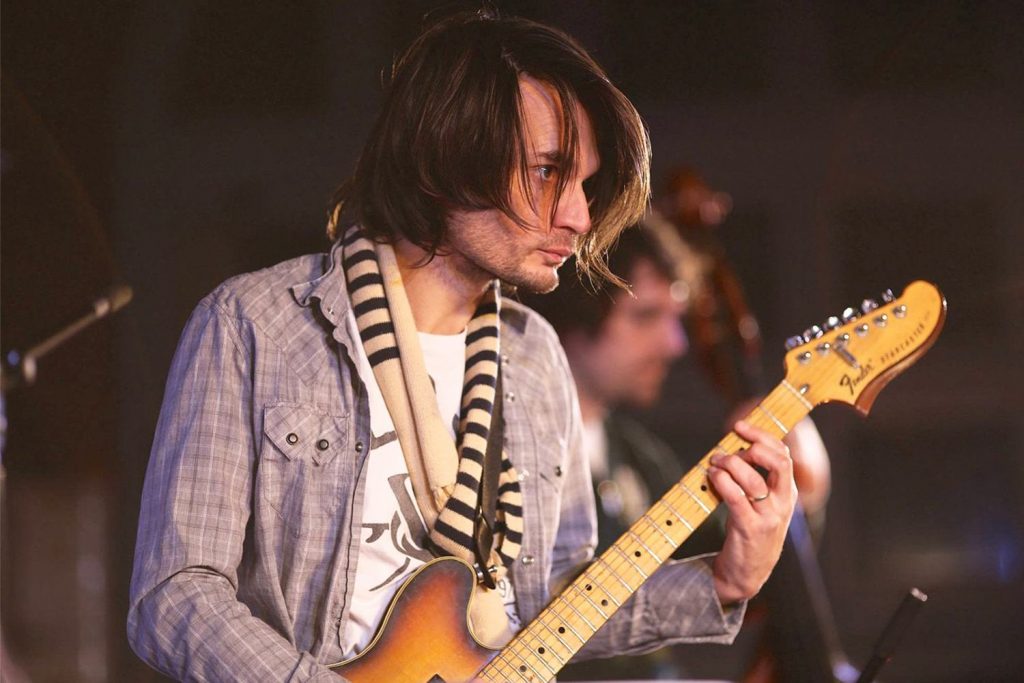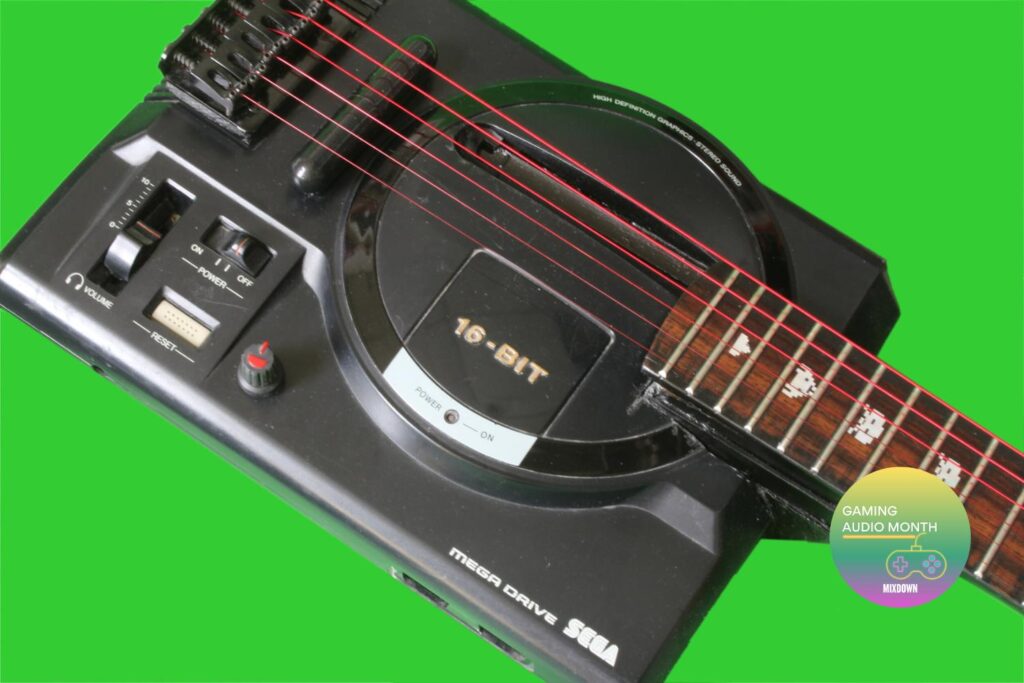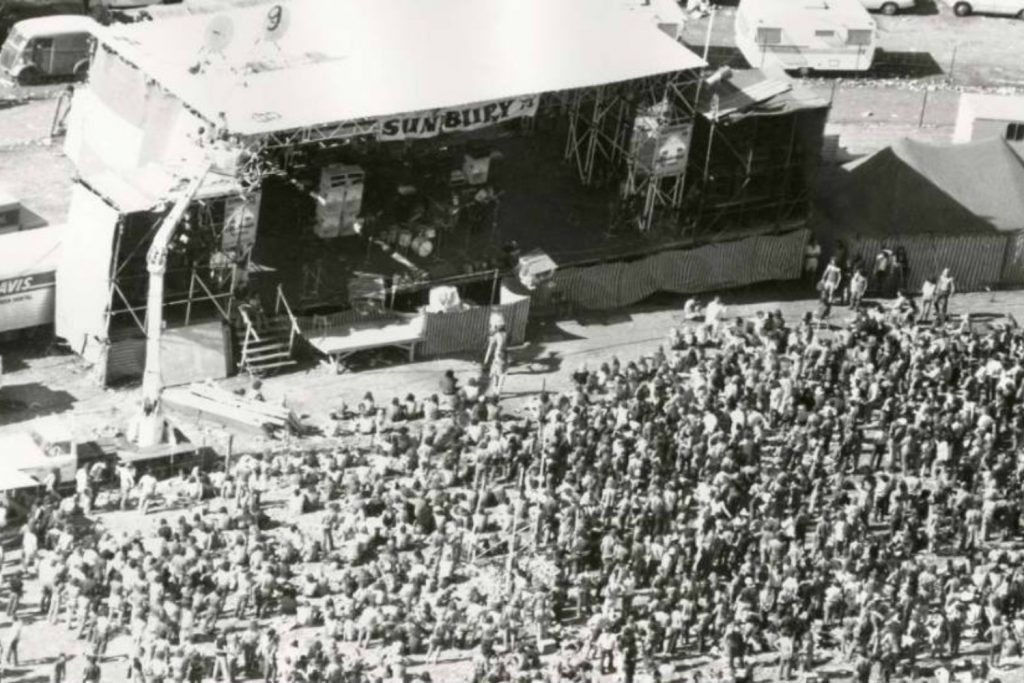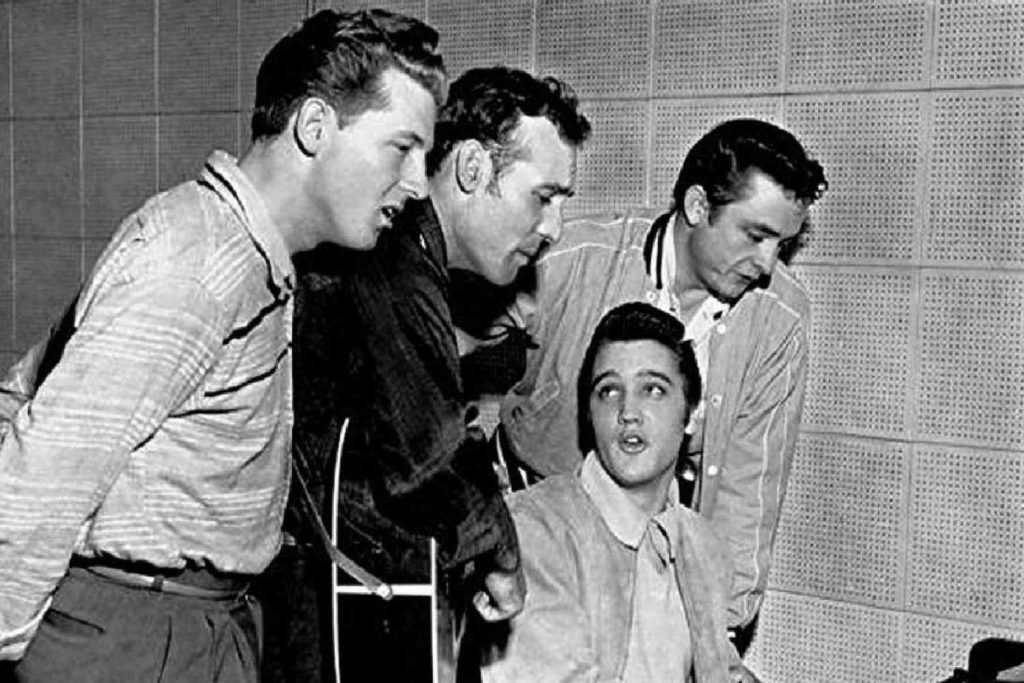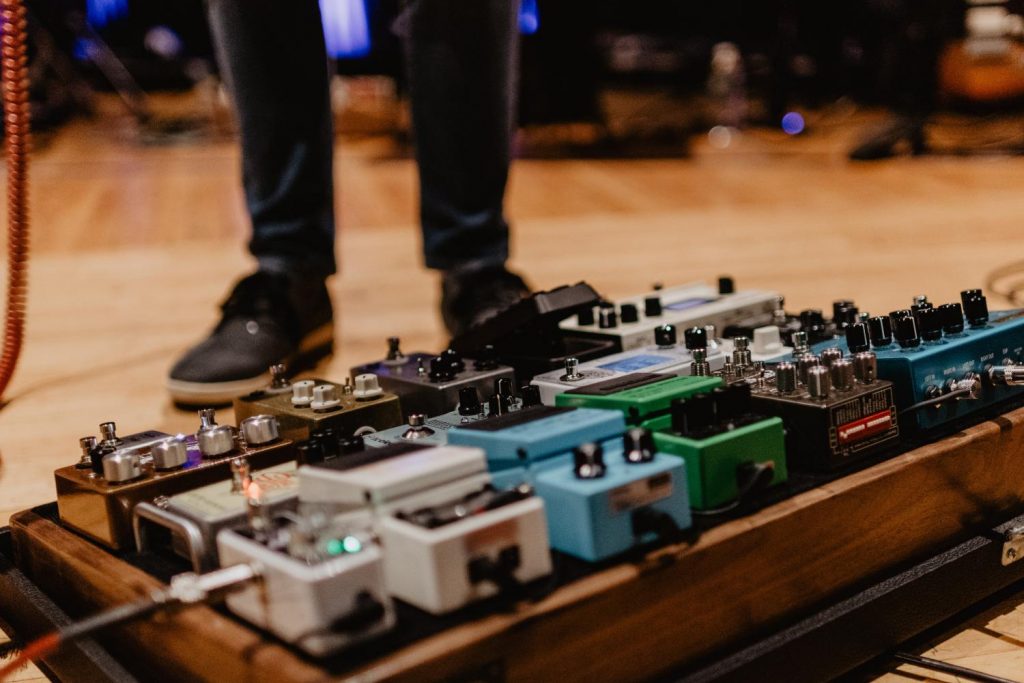So what can we expect from your Aussie tour?
Y’know, spoken word is a cool thing because it’s such a broad concept. You can tell stories, you can tell jokes, you can talk about music, you can talk about almost anything. I think for me, being one of the long-time ambassadors of Megadeth, the story will hook on a couple of things. One, most certainly, Megadeth stuff. Also because I wrote my autobiography, My Life With Deth, I think that provides a pretty cool opportunity to unfold a bigger-picture story of my own life as a bass player, as a man who has grown up with our fans over the years. I think one of the things we find with Megadeth is we are like our fans and our fans are like us. That’s the beauty of metal, and especially thrash metal.
The only difference between us and the audience was we were on the stage and they were in the audience. Other than that we think the same, we live the same, and my aim with the spoken word is that it isn’t just me doing all the talking, it’s that we also have a really cool period of Q&A. Especially when I do my bass clinics there’s a large portion of that.
I love the times when I get to listen to the audience speak. That makes it engaging, and I love to be interactive with the audience and have them be part of the process, especially in light of all the things that have been going on in this last year. The timing of the tour is maybe a little bit… I may live to regret it, I dunno! [Laughs].
You developed a distinctive bass style at a time when no-one quite knew how to be a metal bass player, especially in terms of thrash. How did you pull that all together?
Well y’know, for me, I grew up on a farm in a very rural part of the United States, in Minnesota. The music bug came on me, it lit me up, I felt alive and like I had a purpose, so I looked for every opportunity and every person I could play with. I would play with the church acoustic guitar player, I’d play with the third-grade band teacher. I was 12 and getting asked to join bands with guys who were 16 years old and knew every Lynyrd Skynyrd song. Then there came a time when I was in my mid-teen years where I was playing in a jazz band in high school and listening to Jaco Pastorius, Weather Report, Spyro Gyra, Al DiMeola. Largely, I went well out of the school of rock and roll to develop my skills. By the time I was 18 I had graduated high school, moved to California and met Dave. Certainly by this time Iron Maiden had come out and Steve Harris had really opened my eyes to what a bass player could do.
I knew of bass players who were singers and songwriters like Geddy Lee and Gene Simmons, but for Steve to be the bass player and a songwriter but not a singer was very intriguing to me. I liked it because I was never a good lead singer. I sang backups in a few bands. I sang lead a little as a kid but I never had a good lead vocal voice. But I’m the Michael Anthony, a good back-up singer guy, y’know? Like the harmony in “Peace Sells,” that was me going for that. I jumped on what I call the Michael Anthony harmony, the high third and fifth. That’s just where I go when I’m singing harmonies usually.
When I met Dave Mustaine, especially that first year in ’83, we lived in Hollywood right by the Musicians Institute. We were very influenced by this school and the students that were there. There was one guy we’d jam with, this guy Ed who would come over every day after school, and he was really big into Uli, and me and Dave loved the early Scorpions stuff. It really developed how progressive Megadeth’s early music was. We took it to a whole other level of complexity. So all those years of growing up playing all these different types of music, playing in the jazz band and stuff, all those experiences were able to be brought together and harnessed basically to a blank canvas called Megadeth where we created this sound and style. My answer when people ask me what they should do as a musician is they should play with as many musicians as they can.
